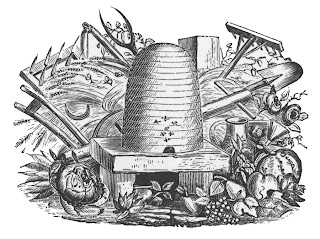 he French Revolution brought forth a turbulent and volatile era in history and distinctly reshaped the French furniture industry. In this blog we will explore amazing styles of antique French furniture from the end of the 18th century the beginning of the 19th century, leading up to the Industrial Revolution. This era started with the transition from absolute monarchy to a totalitarian empire, then to a republic; evolving into three distinct systems of government: the first revolutionary government – The Republic (1789-1795), the second -The Directoire (1795-1799), and the third – The Consulate (1799-1804). In this early revolutionary era, new styles that originated were as pioneering as the political ideology. It is amazing to me that amongst this time of turmoil the French continued to be world leaders in the art of design.
he French Revolution brought forth a turbulent and volatile era in history and distinctly reshaped the French furniture industry. In this blog we will explore amazing styles of antique French furniture from the end of the 18th century the beginning of the 19th century, leading up to the Industrial Revolution. This era started with the transition from absolute monarchy to a totalitarian empire, then to a republic; evolving into three distinct systems of government: the first revolutionary government – The Republic (1789-1795), the second -The Directoire (1795-1799), and the third – The Consulate (1799-1804). In this early revolutionary era, new styles that originated were as pioneering as the political ideology. It is amazing to me that amongst this time of turmoil the French continued to be world leaders in the art of design.
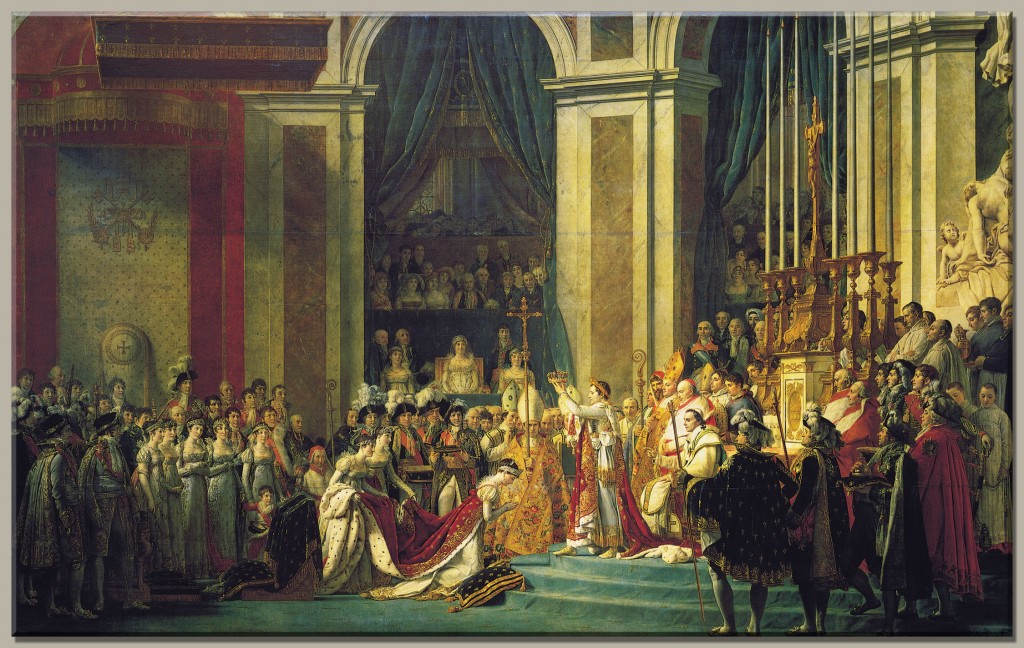
Directoire Style ~ antique Directoire furniture began to appear at the end of the Louis XVI period, evolving from the neo-classical tastes of the era. After the Revolution new rules came into effect: as the ancient guilds were abolished, revolution-inspired artists, designers and architects assumed absolute influence over the development of style. Simplicity and austerity of line were all the rage.

The majority of Directoire antique furniture was constructed of solid wood such as walnut, elm and beech. A lot of it was painted light colors of green, blue or grey. Mahogany was only used on formal pieces and marquetry was totally absent. Distinguishing characteristics of the period include arabesque and Etruscan motifs of animals, sphinxes, eagles, serpents, and palmettes. In addition, the design of diamond-shaped lozenges was used in isolation or with centerpiece of Greek tureens and medallions. Revolutionary design elements were also prevalent in the beginning; such as wreaths, trophies, torches, and other bellicose emblems. There is a restrained elegance and grace in the simplicity of this style that subtly referenced neoclassical antiquity.

Empire style ~ this genre was as far reaching as the emperor Napoleon himself. Emulated in the Russian court, as far away as the Americas a modified version evolved as the Federal style during the first part of the 19th century. It all started when Napoleon Bonaparte crowned himself as emperor in 1804 and began to build his empire. This era is often referred to as First Empire Period. Antique Empire French furniture had intentionally rejected the carved, ornate and elaborate styles of the Bourbon Kings. Empire furniture was typically dominated by Greco-Roman and Egyptian motifs. Bold designs were stiff and imposing with an aura of studied dignity~ reflective of Napoleon’s imperial majesty. Mahogany was the wood of choice, imported from the Americas and accented with ormolu mounts. Ormolu of this period was finely detailed, chased and gilded. Being the furniture’s only ornament it was as jewelry on the simplistic, austere forms. Some furniture was gilded or highlighted with gilt paint. Marble tops of commodes and tables had sharp edges and were usually in grey, black or white in color. Today’s decorative motifs are ironically associated with the style ~ the Napoleonic Bee, the round laurel wreath with “N” initial and of course the Imperial Eagle and Swan.

The period ended in France in 1815 when Napoleon lost his throne, but the style remained in favor for many decades in Europe, especially in Russia where it was used in a multitude of designs to celebrate the victory over Bonaparte.
The Empire style was revived in the second part of the 19th century in France, as we will cover in our next installment of this series. I hope you have been enjoying this brief overview!
Comment below to let us know which French antique style is your favorite!

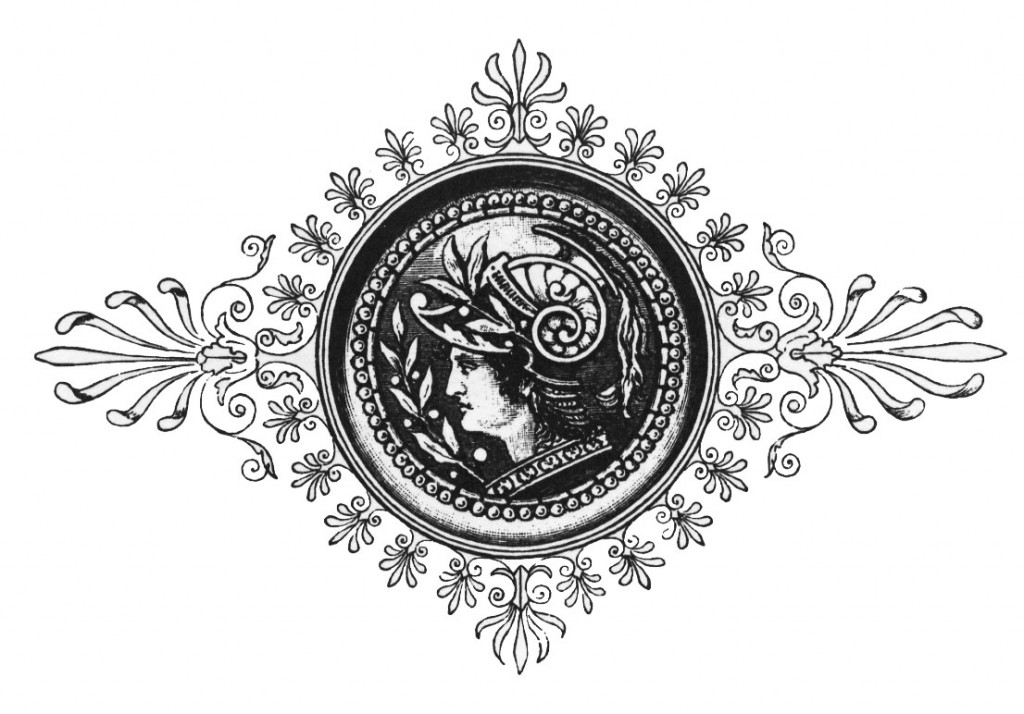
 What an enchanting evening it was! Design on Dragon, an annual event for antique showrooms, design showrooms and art galleries along Dallas’ storied Design District Mecca ~ Dragon Street ~ where the doors are open for a captivating night of antiques, art, food and wine, took place on October First. The street was closed to traffic for the night so guests could enjoy a leisurely stroll while partaking in culinary delights, wine, and visual feasts inside galleries and showrooms all down the street.
What an enchanting evening it was! Design on Dragon, an annual event for antique showrooms, design showrooms and art galleries along Dallas’ storied Design District Mecca ~ Dragon Street ~ where the doors are open for a captivating night of antiques, art, food and wine, took place on October First. The street was closed to traffic for the night so guests could enjoy a leisurely stroll while partaking in culinary delights, wine, and visual feasts inside galleries and showrooms all down the street.


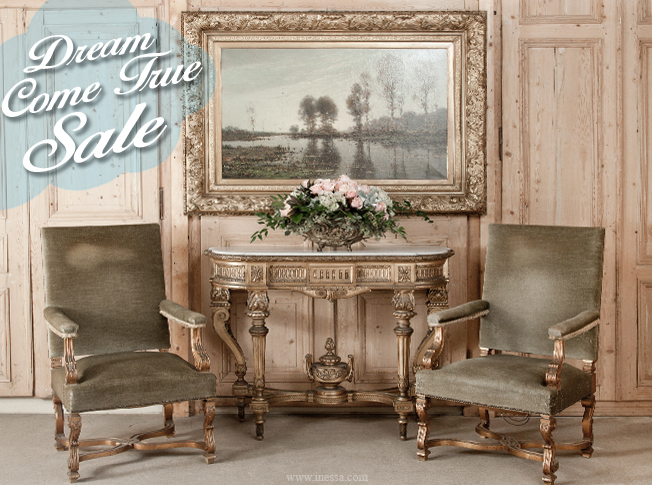


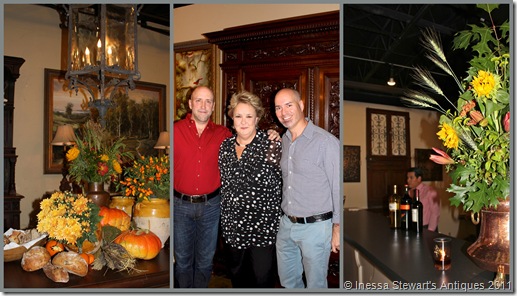

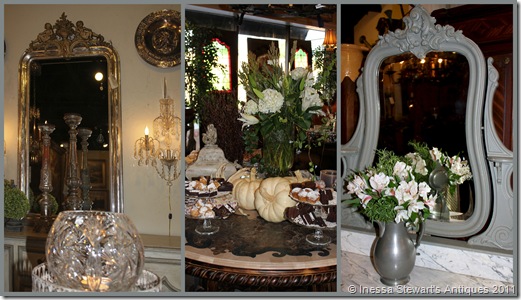

 he French Revolution brought forth a turbulent and volatile era in history and distinctly reshaped the French furniture industry. In this blog we will explore amazing styles of
he French Revolution brought forth a turbulent and volatile era in history and distinctly reshaped the French furniture industry. In this blog we will explore amazing styles of 









